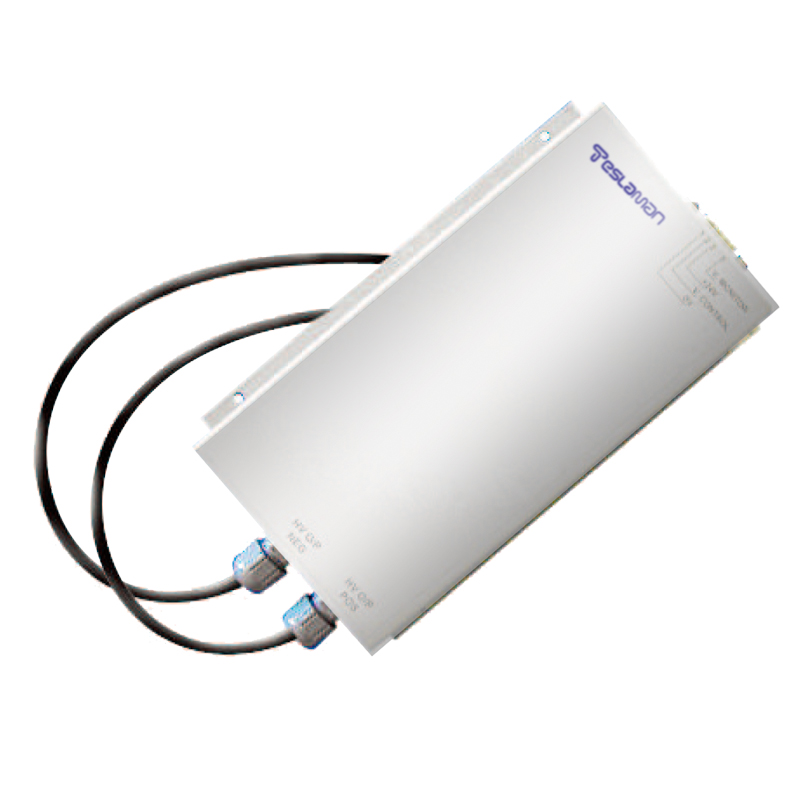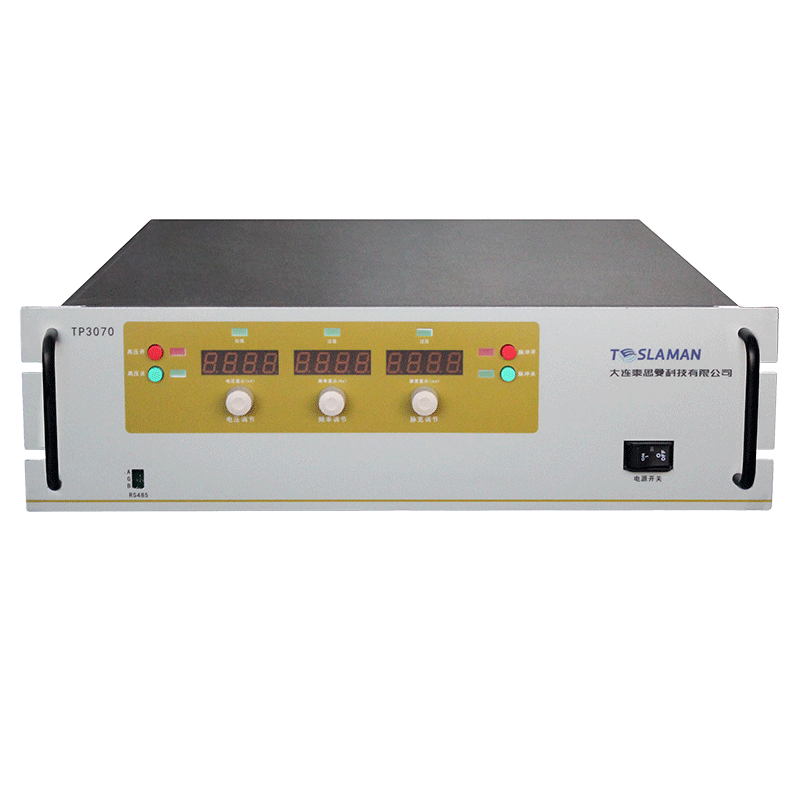Sterilization Kinetics of High Voltage Power Supply in Radiation Sterilization
Radiation sterilization technology achieves high-efficiency microbial inactivation by utilizing high-energy electron beams or X-rays to damage DNA structures. The kinetic characteristics of the high-voltage power supply, as the core driving equipment, directly determine sterilization efficiency and process stability. This paper systematically analyzes the kinetic behavior of high-voltage power supplies in radiation sterilization from the perspectives of sterilization mechanisms, power parameter coupling effects, and mathematical modeling.
1. System Composition and Principles
A radiation sterilization system primarily consists of a radiation source (e.g., electron accelerator), high-voltage power supply, beam control system, and shielding structure. The high-voltage power supply provides highly stable DC voltage (200kV-10MV) to accelerate electrons from the electron gun to near-light speeds, forming uniform beam penetration through magnetic focusing. Experimental data show that at 10MeV electron energy, the penetration depth in packaged foods reaches 40cm with sterilization rates >99.999%.
2. Core Kinetic Parameters
1. Dose-Efficiency Nonlinear Relationship
Sterilization efficiency follows an exponential decay model:
\( S = S_0 \cdot e^{-kD} \)
where \( S \) is surviving colonies, \( D \) is absorbed dose (kGy), and \( k \) is microbial sensitivity. Voltage ripple coefficient must be <0.1%; otherwise, dose fluctuations reduce \( k \)-value by 15%-30%. In a medical device sterilization case, optimizing power supply ripple from 0.5% to 0.08% decreased the D₁₀ value (dose required for 90% inactivation) of Bacillus subtilis spores from 2.7kGy to 1.9kGy.
2. Time-Domain Characteristics of Pulsed Power
Microsecond-level pulsed high-voltage technology (pulse width 10-50μs, repetition rate 1-10kHz) enhances energy deposition rates. Studies reveal that pulsed modes increase inactivation rates for Deinococcus radiodurans by 2.3× compared to DC modes at equivalent average power, attributed to transient enhancement of DNA double-strand break probability.
3. Energy Spectrum Modulation
Multi-stage acceleration structures control electron energy dispersion within ±5%, achieving Bragg peak position accuracy of ±1mm in depth-dose curves. This enables 3D directional sterilization for medical devices while avoiding thermal damage to sensitive components.
3. Multi-Parameter Coupling Control Model
Kinetic equations integrating power supply characteristics, beam transmission, and material interactions:
1. Acceleration field equation:
\( E_z = \frac{V}{d} \frac{I_p \cdot ρ}{A} \)
(\( V \): acceleration voltage, \( I_p \): beam current, \( ρ \): accelerator tube resistivity)
2. Dose deposition equation:
\( \frac{dD}{dt} = \frac{η \cdot E_{beam} \cdot I_p}{ρ_m \cdot V} \)
(\( η \): energy conversion efficiency, \( ρ_m \): material density)
Field data from a food production line demonstrate that improving voltage stability from ±1% to ±0.2% increased inter-batch sterilization uniformity from 87% to 99.5%.
4. Technological Optimization Pathways
1. Dynamic Impedance Matching
Real-time load impedance monitoring combined with GaN-based ns-level voltage compensation resolves beam scattering caused by material density variations. This technology reduces deep-layer dose deviation in thick materials (>30cm) from ±25% to ±5%.
2. AI Predictive Control
An LSTM neural network-based model predicts dose-microbial survival with <3% error using voltage profiles, material permittivity, and environmental parameters. This model has been successfully applied in pharmaceutical continuous irradiation lines.
3. Energy Efficiency Enhancement
Resonant soft-switching topologies increase power conversion efficiency from 85% to 96%, coupled with three-stage waste heat recovery systems, reducing overall energy consumption by over 40%.




















